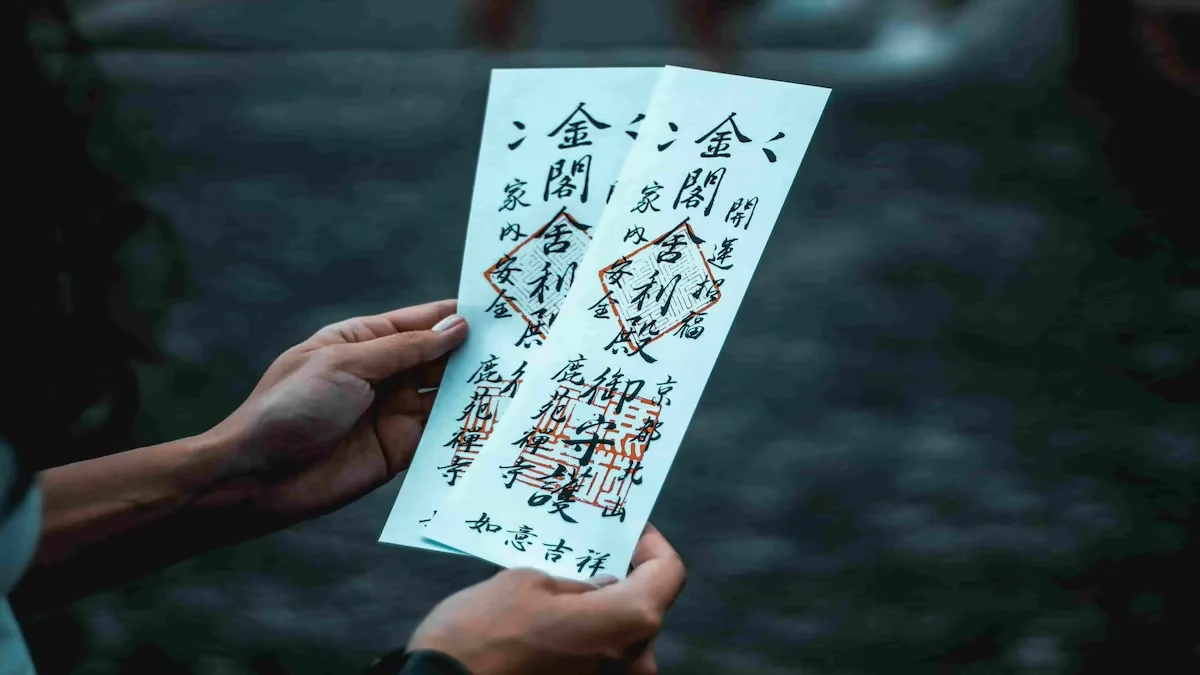Introduction to Memory Enhancement Techniques
Memory plays a crucial role in our daily lives, serving as the foundation for learning, decision-making, and problem-solving. A well-functioning memory allows individuals to retain and recall information, enabling them to navigate various aspects of personal and professional life more effectively. As cognitive demands increase in our fast-paced world, enhancing memory has become a focal point for many seeking to improve their mental capabilities. Strengthening long term memory is not only beneficial for academic success but also essential for maintaining an active and engaged life.
The exploration of memory enhancement often leads individuals to various techniques, and one particularly noteworthy approach stems from traditional Chinese practices. These techniques are deeply rooted in historical contexts, reflecting a wealth of knowledge accumulated over centuries. In contrast to modern often mechanistic strategies, traditional Chinese memory enhancement methods incorporate a holistic perspective, merging mental and physical practices. This distinctive approach not only aims to improve memory retention but also promotes overall cognitive function and mental clarity.
The Method of Loci: A Time-Tested Technique:
The Method of Loci, often referred to as the memory palace technique, is an ancient mnemonic device that originated in classical antiquity but has found significant application within Chinese culture. This method leverages spatial memory by associating information with specific locations in a familiar environment, making it easier to encode and recall vast amounts of information. To effectively create a memory palace, one should begin by visualizing a well-known place, such as their home or a route they frequently travel. By mentally walking through this place, individuals can assign various pieces of information to distinct locations, creating a vivid mental map that facilitates memory retrieval.
To enhance the efficacy of this technique, the use of mental imagery is crucial. It is beneficial to visualize objects, symbols, or scenarios that represent the information you wish to remember. For instance, if you are trying to memorize a grocery list, you might imagine a loaf of bread on your front porch or a gallon of milk in your living room. The more unusual or vivid the imagery, the stronger the mental association becomes, making recall more accessible and efficient. Engaging multiple senses—sight, sound, and even touch—can further strengthen these associations.
Real-life examples of the Method of Loci can be found throughout history, where orators and scholars employed this technique to memorize lengthy speeches and texts. For instance, ancient Chinese scholars utilized this method to retain vast volumes of poetry and philosophical texts, thereby enhancing their learning and recitation abilities. Today, individuals can apply the Method of Loci to various academic and professional contexts, transforming the way they approach information retention. Whether studying for an exam or preparing a presentation, this time-tested technique continues to be a powerful tool for boosting long-term memory.
Visualization and Storytelling: Enhancing Memory through Art:
Visualization and storytelling are fundamentally intertwined practices that enhance memory by transforming abstract concepts into relatable and vivid experiences. Within traditional Chinese storytelling, these techniques have been honed over centuries to ensure that intricate narratives are not only engaging but also memorable. By employing rich imagery and compelling plots, one can facilitate the retention of vast amounts of information.
At the heart of this approach is the concept of visualization, which involves creating mental images that correspond to the information one wishes to remember. For example, when trying to memorize a list of items, associating each item with a distinct and vibrant image can lead to better recall. This method leverages the brain’s natural affinity for visual information, making it a powerful tool in memory enhancement. Additionally, drawing from the ancient Chinese strategy of using characters and settings, individuals can further ground their memories in a narrative context, linking disparate facts in a meaningful way.
Integrating storytelling into learning processes also plays a crucial role in memory retention. By crafting engaging narratives that intertwine various pieces of information, one stimulates both creativity and cognitive function. For instance, when learning a new subject, one might create a story around the key concepts, developing characters who embody those ideas. This method captivates attention and fosters an emotional connection to the material, making the information not only easier to remember but also more enjoyable to learn.
Mindfulness and Meditation: Connecting Body and Mind:
Mindfulness and meditation are integral components of traditional Chinese practices that have garnered attention for their potential to enhance cognitive function and memory. These techniques focus on fostering a profound awareness of the present moment, creating a harmonious connection between the body and the mind. Scientific studies reveal that regular mindfulness practices can lead to improved memory retention, enhanced focus, and overall cognitive performance.
The benefits of mindfulness stem from its ability to reduce stress and anxiety, which are well-documented factors that can adversely impact memory. Engaging in mindfulness meditation activates specific areas of the brain associated with emotional regulation and cognitive processing. Furthermore, the practice encourages neural plasticity, allowing the brain to adapt and strengthen its memory pathways, thereby boosting long-term memory capabilities.
Incorporating mindfulness and meditation into daily routines is a practical approach that requires minimal time and equipment. Individuals can begin with short sessions of guided meditation, focusing solely on their breath and allowing thoughts to drift without judgment. Apps and online resources provide a plethora of guided sessions tailored to different levels of experience. Over time, practitioners can gradually extend their meditation practices, fostering deeper states of relaxation and focus.
Conclusion:
Additionally, integrating mindfulness into learning environments can be transformative. Encouraging learners to take brief pauses to breathe and reflect during study sessions can enhance comprehension and information retention. Techniques such as keeping a mindful journal or engaging in mindful walks can also enrich the learning experience, making it more memorable and impactful.
Ultimately, cultivating mindfulness and engaging in meditation not only serves to improve cognitive function but promotes a holistic approach to memory enhancement. Adopting these practices can empower individuals to cultivate a more aware and composed mindset, resulting in significant benefits for long-term memory retention.
Read More:
- Google Maps New AI Feature Is a Game-Changer for Travelers
- 8 AI Tools That Turn Hours of Work Into Minutes
- 7 Places to Stay in Maldives on a Budget
- 8 Common Reasons Your Page Isn’t Ranking on Google in 2025


